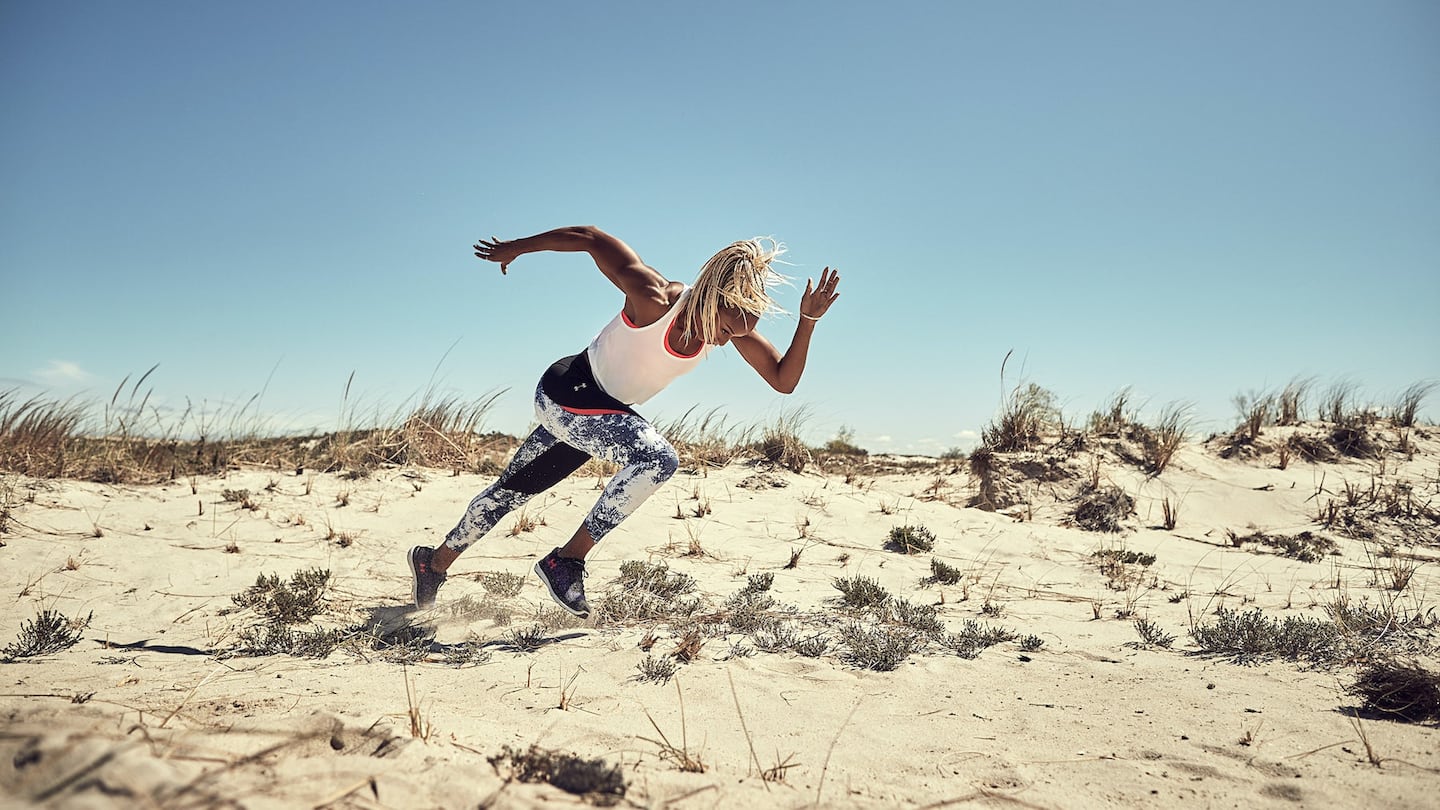
The Business of Fashion
Agenda-setting intelligence, analysis and advice for the global fashion community.

Agenda-setting intelligence, analysis and advice for the global fashion community.

BALTIMORE, United States — In January 2015, American sportswear giant Under Armour was at the top of its game. Founded in 1996, the brand had briskly climbed its way up the athleticwear ranks, impressively growing its womenswear business and making serious inroads into footwear. By 2014, sales had hit nearly $3.1 billion, a more than 32 percent jump from a year earlier, overtaking Adidas as the second-largest player in US footwear and apparel sales behind Nike.
But the tides soon turned for Under Armour. In October 2016, the brand was knocked out of second place by comeback kid Adidas as sales at the Baltimore-based brand began to decelerate. The final quarter of the 2016 fiscal year marked the first time in 26 consecutive quarters that sales increased less than 20 percent.
By the third quarter of this year, ending September 30, 2017, sales had slipped to $1.4 billion, down 4.5 percent from the same period in 2016. Operational challenges, along with lower demand in North America — where revenue fell 12 percent — were cited as reasons for the slump. As a result, Under Armour lowered its financial outlook for 2017, spurring shares to fall to a four-year low.
In light of this news, several top executives — including chief marketing officer Andy Donkin, women’s and youth general manager Pam Catlett and sport fashion president Ben Pruess — are exiting the company. Designer Tim Coppens, who was brought in by Pruess to lead Under Armour Sportswear, known as UAS, will deliver his next collection in 2018, although UAS does not currently have plans to work with him further.
ADVERTISEMENT
And yet, for a brand that was once heralded as the first real threat to Nike and Adidas in decades, this quarter’s declining revenues — the first drop in sales ever for the company since it went public in November 2005 — indicate greater long-term desirability challenges for Under Armour.
So where did the company lose its competitive advantage?
“The big issue with [Under Armour] is that they need to figure out how to become a sportswear brand as opposed to a sport brand,” says Matt Powell, sports industry analyst at the NPD Group. “The first thing they really have to do is focus on the product… The market has moved over to sports-inspired apparel and [Under Armour’s] product has got to move to a more streetwear look that is less oriented towards real athletes.”
Not being able to scale Coppens’ UAS collections was also a missed opportunity, argues Powell: “It’s great to have a fashion icon like that with your brand [but Under Armour] needed to figure out how to make a $300 item into a $50 item and to commercialise what [Coppens] was doing.”
Under Armour's reliance on wholesale partners, which makes up 65 percent of sales, has also hurt the brand, due in no small part to a string of bankruptcies in 2016 at major US sport retail chains Sports Authority, Bob’s Stores and City Sports.
To turn Under Armour's fortunes around, founder and chief executive Kevin Plank plans to elevate the company's brand image, especially among younger demographics. "We believe that we're in the right doors when talking to this kid but...we can do a much better job in how we show up and execute that play," Plank said this week during an earnings call. "It's about demand-creation … We were a pretty quiet brand in 2017 and in 2018 we're looking to amp that up for long-term scale… We just need to focus on becoming excellent everywhere that we do business."
The first move? A collaboration with popular US rapper A$ap Rocky, which is reported to hit stores before the end of this year. To be sure, the right athlete and celebrity endorsements will be important if Under Armour wants to return to growth.
“[Under Armour] definitely has high-profile names but not from a fashion point of view, which is also probably a missed opportunity,” says Powell, referring to the brand’s roster of celebrity athletes including American football quarterback Tom Brady, Alpine ski racer Lindsey Vonn and basketball star Steph Curry, whose first three models of his sneaker deal with the sportswear company gained less traction among sneaker enthusiasts than expected.
Related Articles:
[ Global Sportswear Brands Making a Play for WomenOpens in new window ]
[ Why Are Sportswear Giants Nike and Adidas Embracing Fashion?Opens in new window ]
From analysis of the global fashion and beauty industries to career and personal advice, BoF’s founder and CEO, Imran Amed, will be answering your questions on Sunday, February 18, 2024 during London Fashion Week.
The State of Fashion 2024 breaks down the 10 themes that will define the industry in the year ahead.
Imran Amed reviews the most important fashion stories of the year and shares his predictions on what this means for the industry in 2024.
After three days of inspiring talks, guests closed out BoF’s gathering for big thinkers with a black tie gala followed by an intimate performance from Rita Ora — guest starring Billy Porter.